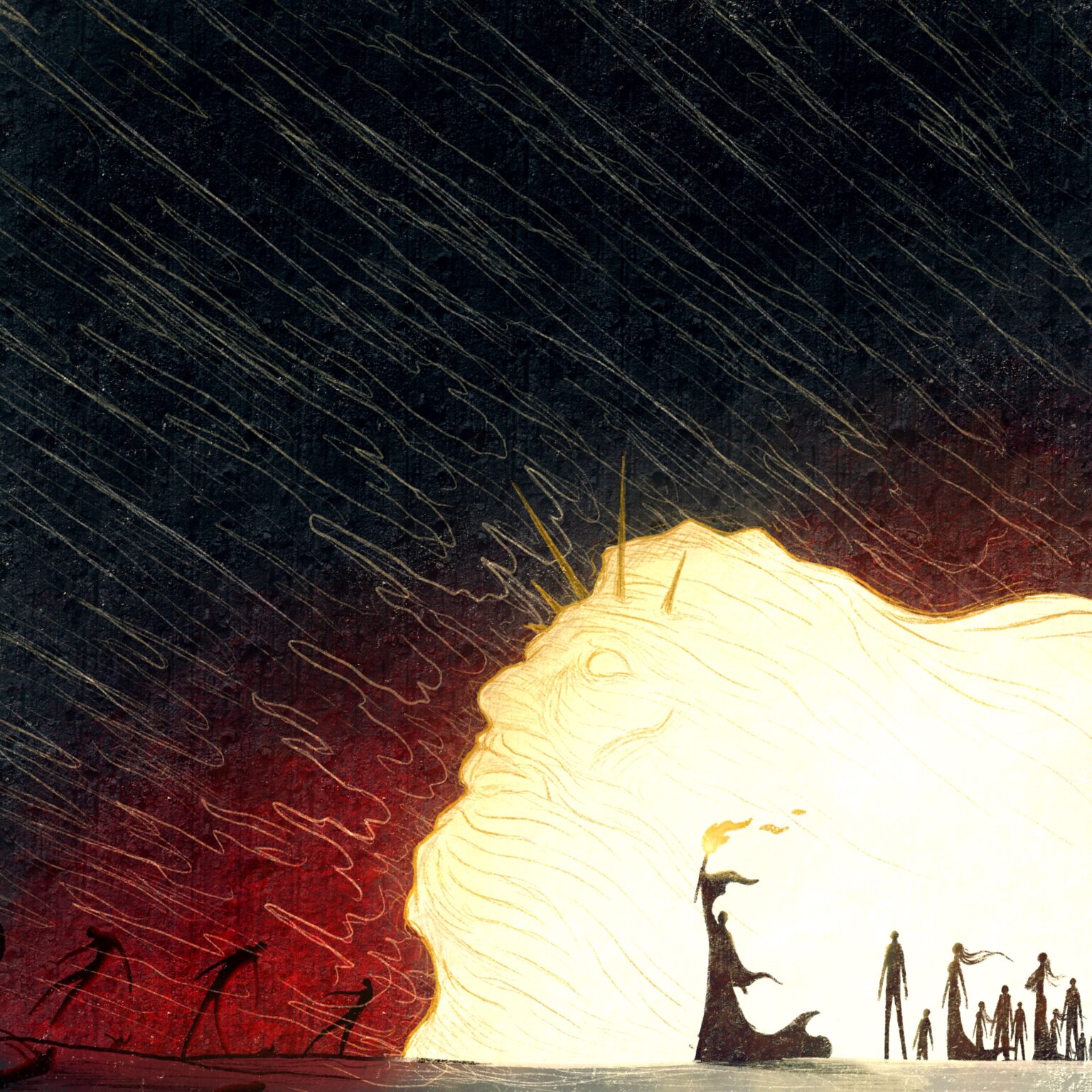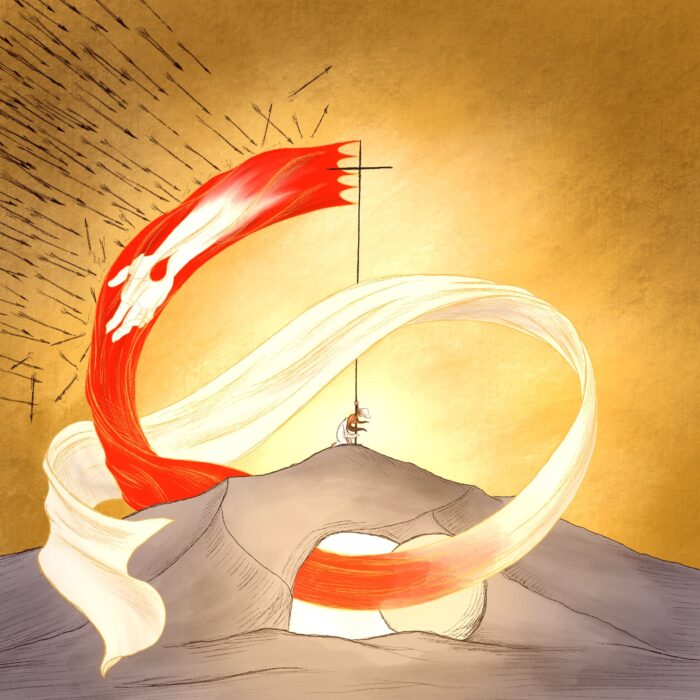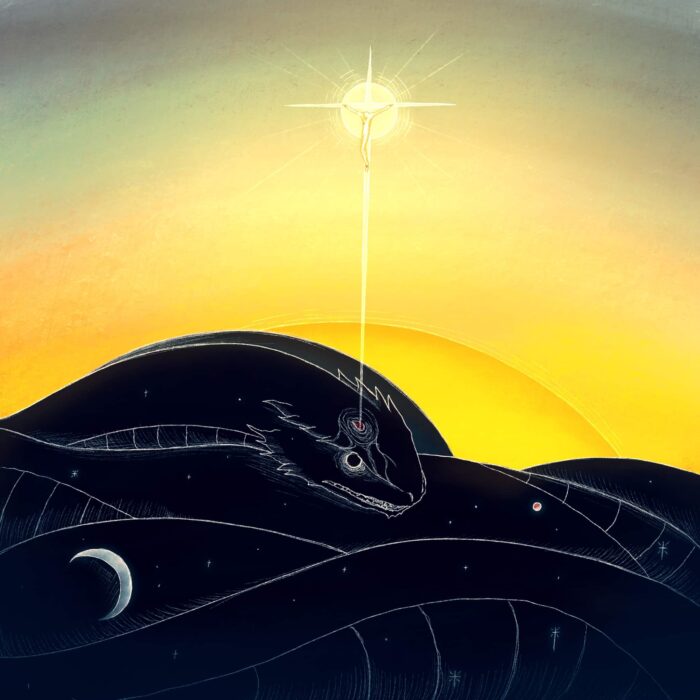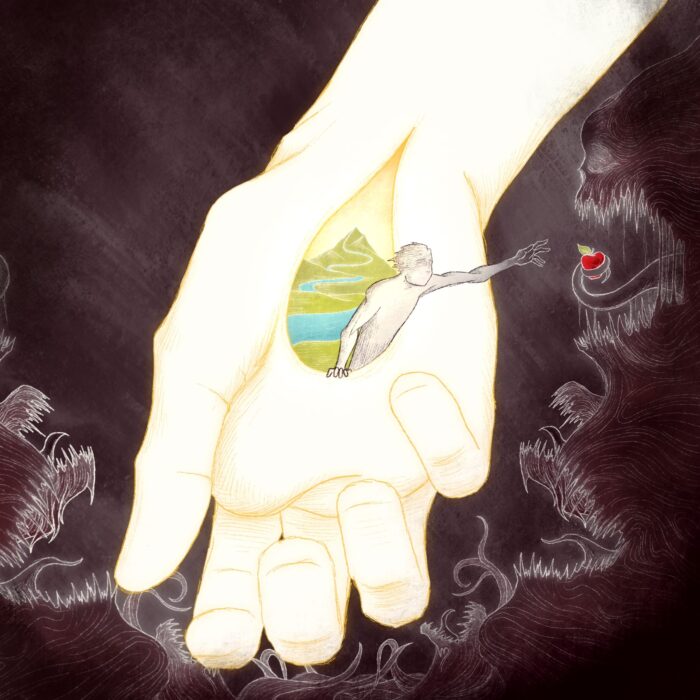Numbers 16:45, ‘Get away *from the midst* of this congregation, that I may consume them in a moment.’
Numbers 16:47-48, ‘So Aaron…ran *into the midst* of the assembly…he put on the incense [onto his censer] and made atonement for the people.’ And he stood between the dead and the living…’
In Hebrew, the same word for ‘in the midst’ is repeated in both these verses. YHWH calls Moses and Aaron *out* of the midst of the people, but then Aaron runs *into* the midst—even as a plague is killing the people. Is this disobedience? From one perspective, it would seem to be. However, the fact that YHWH accepts Aaron’s actions make it clear that it is not true disobedience. Why not?
It seems to me that this is similar to the situation in Num.14:17-19 where the Lord threatens to destroy the people and Moses responds by speaking the name of YHWH back to God Himself, thus proving that he (Moses) has learned and is dependent upon the kind of God that YHWH is. Num.14:17-19 was something of a test. It seems a similar thing is happening here. Had Moses and Aaron abandoned the people to their fate, it would have shown that they did not know the merciful heart of YHWH. Aaron’s running *into the midst* of the plague showed that he (and Moses) understood and hoped in the supremacy of YHWH’s steadfast love and Mercy.
Thus, by running *into the midst* of the condemned people in order to save them, Aaron—a human being—embodies the name of YHWH God. In this way, his actions prefigure Jesus Himself, who—as the definitive proclamation of YHWH’s name—descends *into the midst* of a condemned assembly and brings an end to the plague.
I this, perhaps, why Aaron’s actions achieve atonement for the people’s sins despite no blood being shed? Is it because, by his self-giving act of entrance into the plagued people, he images forth the True Atonement of Jesus Christ, such that the passion of Christ is trans-temporally applied to this situation (as, indeed, is the case whenever an animal sacrifice is made under the old covenant)? It seems possible, and this picture attempts to show that.




